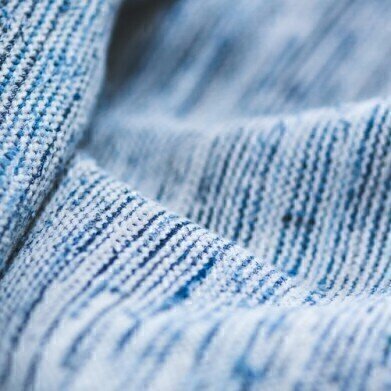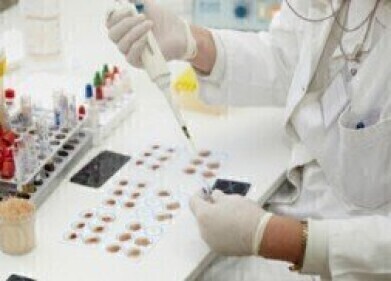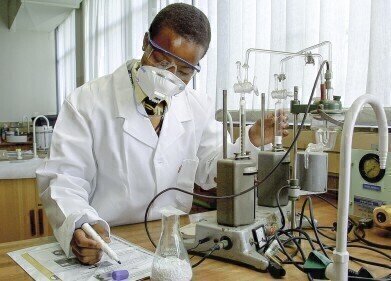Help Desk
Chromatography Explores the History of Textiles
Oct 11 2017
For many people, fashion is life. For others, having a clean t-shirt in the morning is an achievement. But what cannot be denied is that — rightly or wrongly — what we wear matters. Whether it is for a night out with your mates, a first date, an interview or simply walking around town while shopping for even more clothes, someone will be judging you by what you are wearing.
Fashion and the fabrics we wear today are indicators of who we are and who we want to be. Certain fabrics are associated with nation identity — British tweeds and Japanese silk kimonos for example. But how many people would expect textiles from the Iron Age to indicate cultural differences? Well, a paper published by academics from the University of Cambridge in the journal Antiquity suggests just that.
Textile archaeology
Delving back into the history of textiles is often problematic. Basically, textiles degrade or rot away, as before World War II all fabrics were organic — not because they grow without the use of pesticides, but because they came from plant materials or animals. Man-made fabrics only surfaced after WWII after Dr Carruthers manufactured nylon.
And when organic materials are buried in the ground, they readily rot or decompose. Consequently, ancient textiles are rare finds. Especially when the local environment is conducive to decomposition as in Mediterranean Europe. But thanks to Iron Age burial customs, the researchers from Cambridge got lucky. As the paper’s lead author Dr Gleba states in a press release:
Luckily for us, during the Iron Age (c. 1000-400 BC) people were buried with a lot of metal goods such as personal ornaments, weapons and vessels. These objects are conducive to the preservation of textiles as the metal effectively kills off the micro-organisms which would otherwise consume the organic materials, while at the same time metal salts create casts of textile fibres, thereby preserving the textile microstructure.
Fabric analysis
Using the tiny fabric samples recovered, the researchers performed various tests including microscopy and high-performance liquid chromatography (HPLC) and from the analysis could determine some of the details of the fabrics including thread diameter, type of weaving and thread count. The use of HPLC to analyse biological samples is discussed in the article, Ion Suppression from HPLC Columns.
The differences between samples that the found suggest that textiles in Italy resembled those from Central Europe whilst those from Greece were connected to Asia. The results show that even though Italy and Greece were in contact, their textile traditions were different. This suggests that the populations in the two regions made an active decision to clothe themselves in their own style.
Yet again, history and science shows that nothing in modern life is truly new.
Digital Edition
Chromatography Today - Buyers' Guide 2022
October 2023
In This Edition Modern & Practical Applications - Accelerating ADC Development with Mass Spectrometry - Implementing High-Resolution Ion Mobility into Peptide Mapping Workflows Chromatogr...
View all digital editions
Events
Apr 23 2024 Kintex, South Korea
Apr 23 2024 Seoul, South Korea
Apr 28 2024 Montreal, Quebec, Canada
May 05 2024 Seville, Spain
May 15 2024 Birmingham, UK














